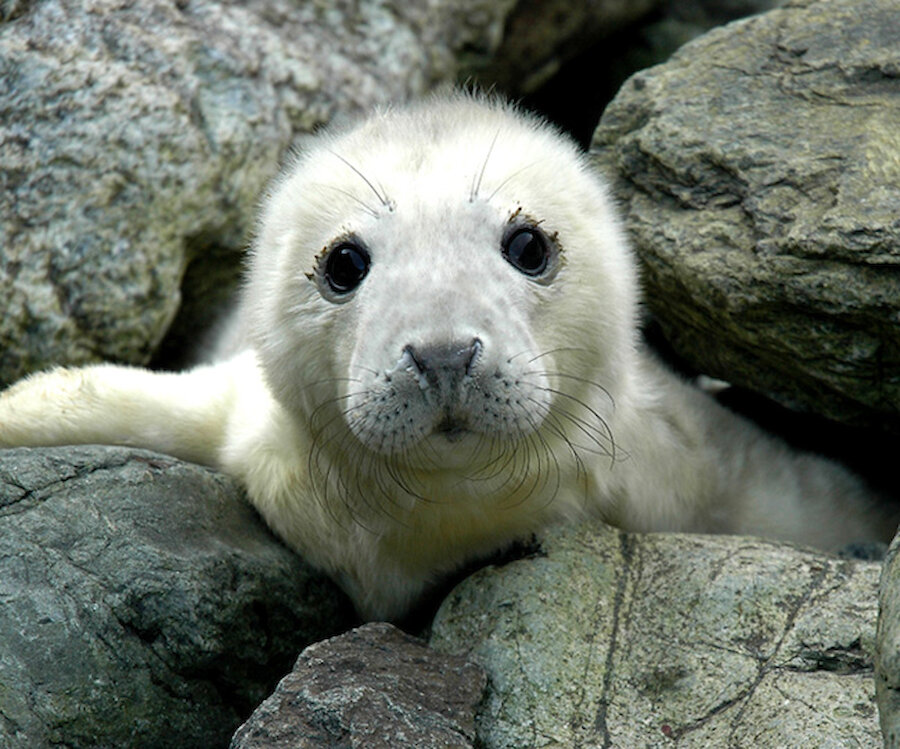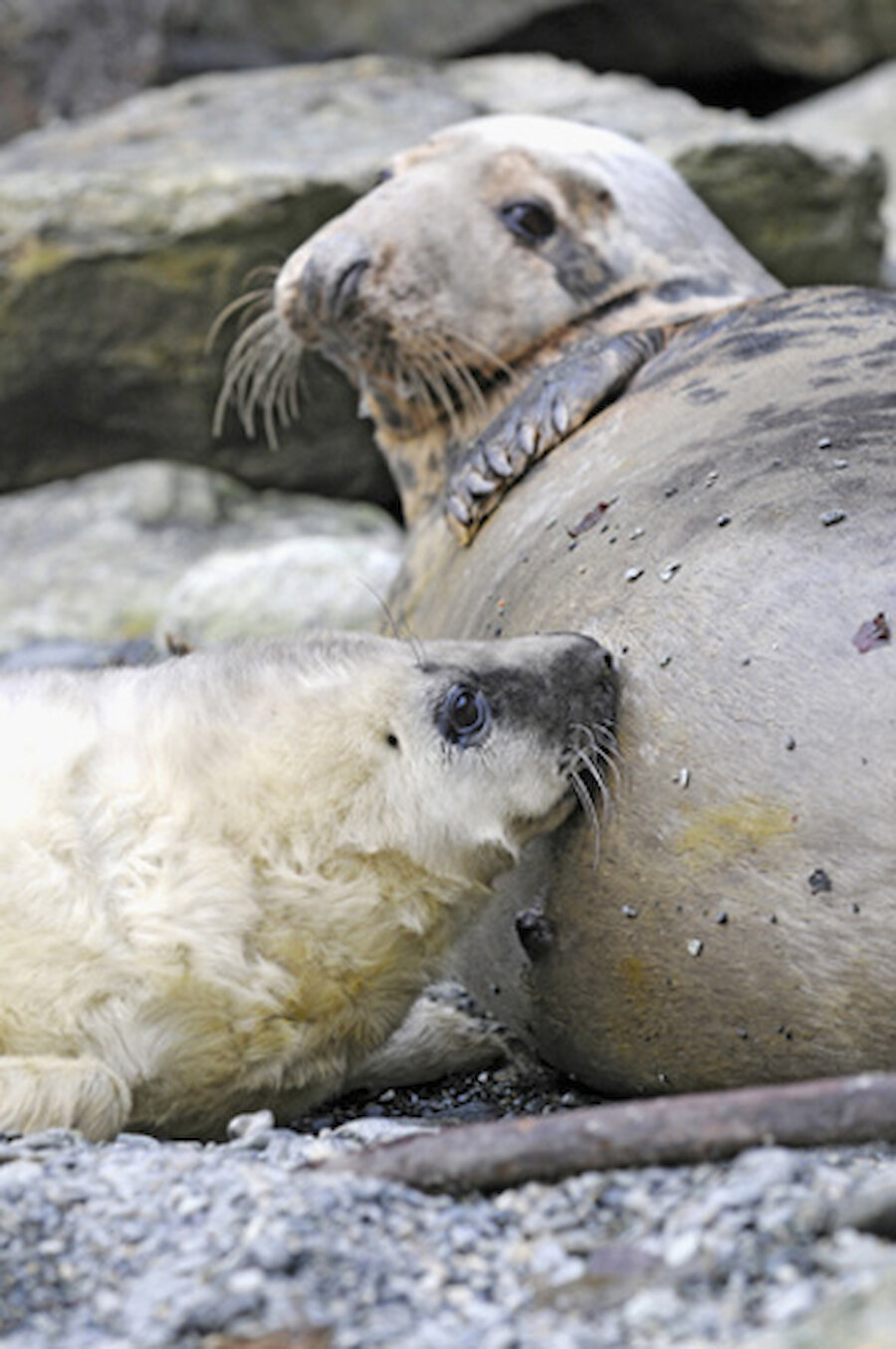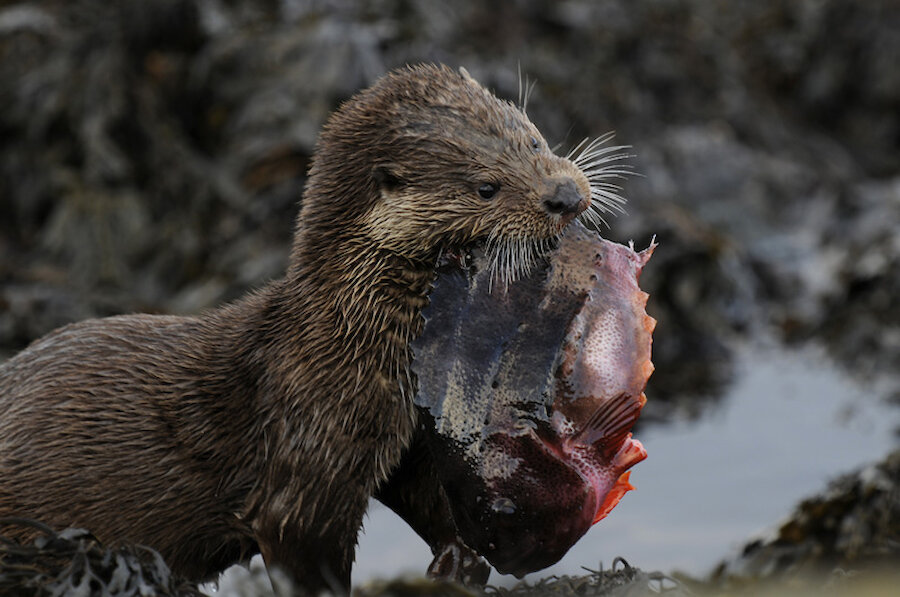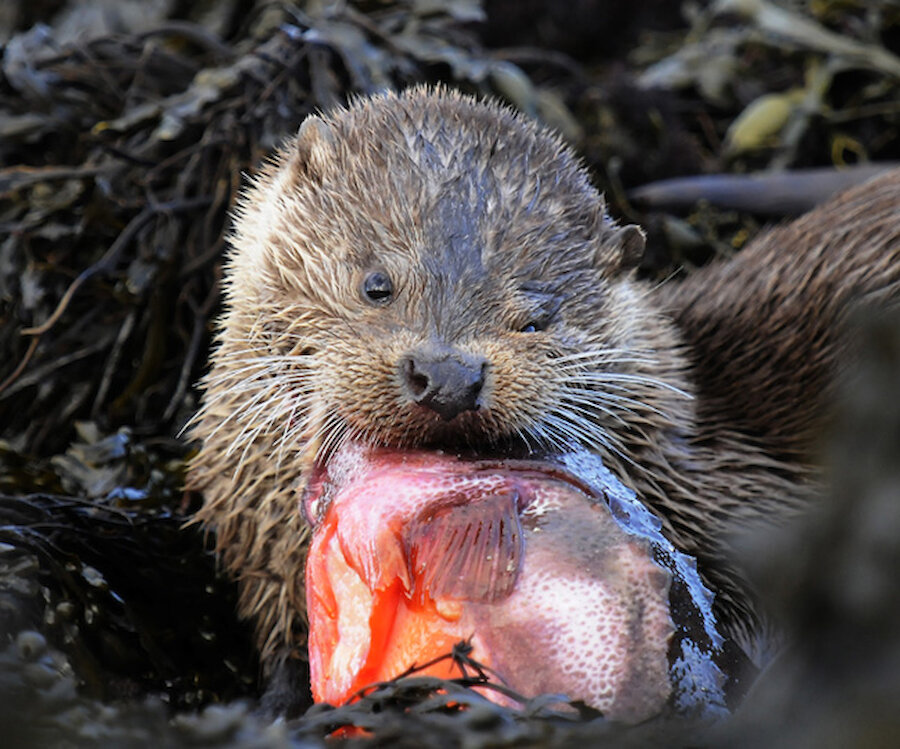Autumn Bird Migration
By November autumn bird migration is almost over, with most species having already passed through and the winter ones arrived and settled in for the winter, but as experience has taught me, it is a month that is renowned to produce a rarity or two and a month to keep optimism levels high.
This November was no exception. Bird of the month for me was a fantastic little Hume's leaf warbler which myself and two of my birding buddy's, found on the first day of the month, on Unst. This jittery little warbler, barely larger than a Goldcrest, has a breeding range that stretches across from northern Mongolia in central Asia, southern Siberia and western China. It represented only the fourth record for Shetland of the species, and is still quite a rarity in Britain, with barely a handful recorded in the country each year. Amazingly two more were found during the month on other islands.
Another ornithological highlight, and perhaps a rather more colourful one, was an arrival of Waxwings. Scarcely a year passes when Waxwings are not recorded in the isles, but occasionally in years where their food source of wild berries are in short supply across Scandinavia and even into Siberia, good numbers are recorded. Early November is typical of when these strikingly decorated visitors arrive although they are often slightly earlier. Unfortunately suitable food in Shetland is in short supply for them and birds rarely hang around for more than a few days before continuing south through the country, where they can be found gathering in flocks numbering into the hundreds. Here in the isles they are forced to make do with what they can find, rose hips are often the only alternative, although some do seek out cotoneaster and similar sources of fruiting bushes and trees.





